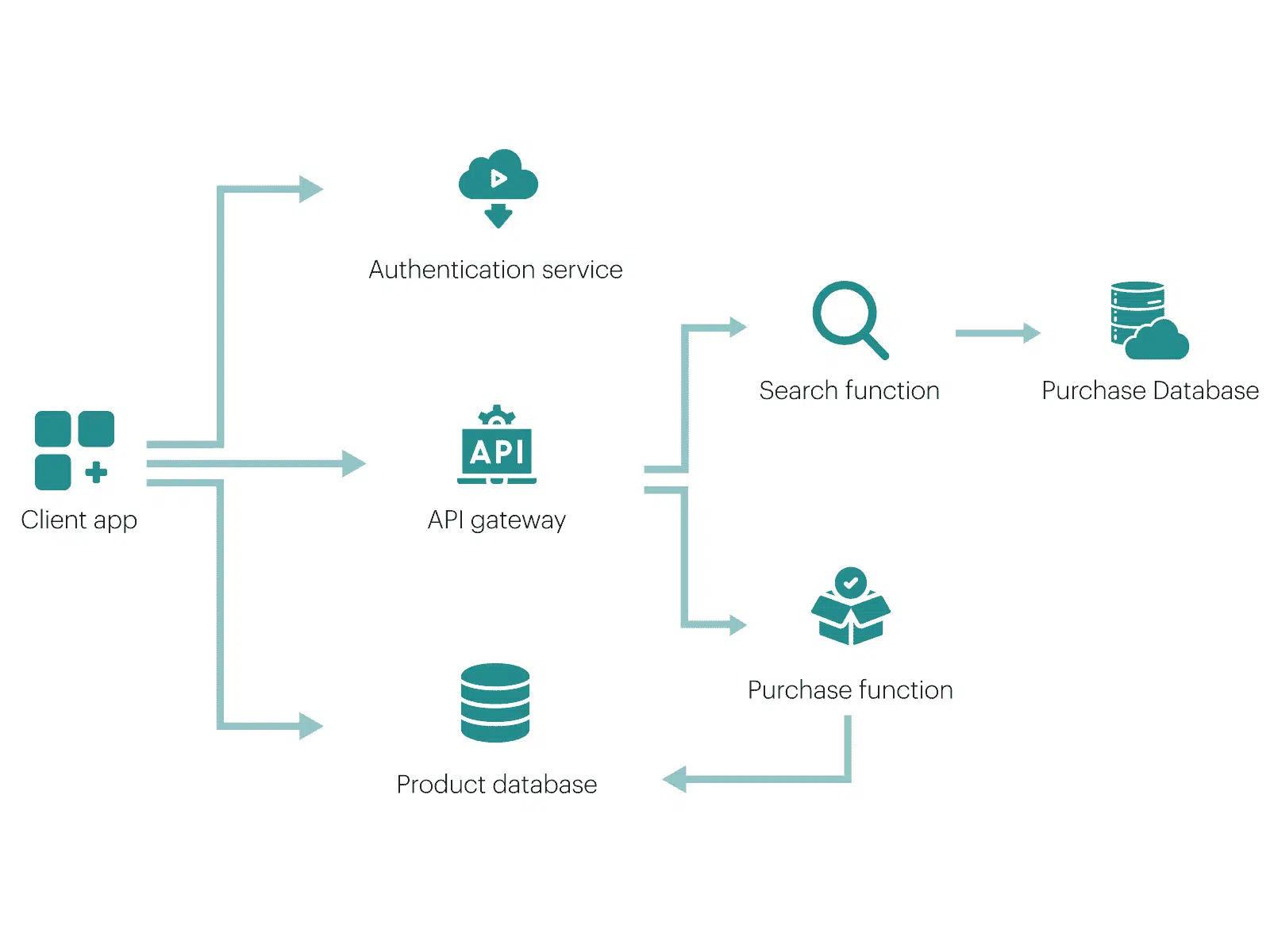The tech world is evolving fast — and so is how we build, deploy, and scale apps. One of the most talked-about shifts in recent years has been the move to serverless architecture. But now, with more platforms, edge computing, and hybrid models, developers are asking:
Is serverless still worth it in 2025?
Let’s break it down.
🤔 What Is Serverless, Again?
Serverless doesn’t mean “no servers.” It just means you don’t have to manage them.
In serverless architecture:
- You focus on writing functions or small chunks of logic.
- Cloud providers like AWS, Google Cloud, or Azure handle infrastructure, scaling, and uptime.
- You only pay for actual usage, not idle server time.
Popular tools include AWS Lambda, Google Cloud Functions, Azure Functions, and newer players like Vercel and Netlify for frontend deployment.
✅ Why It’s Still a Good Choice in 2025
1. Speed Wins
- Serverless lets you ship features fast.
- No more configuring servers or worrying about scaling — it’s plug and play development.
2. Cost Efficiency
- Perfect for startups and solo devs — pay only for what you use.
- No 24/7 server costs for projects that don’t need it.
3. Auto Scaling Built-In
- Whether 10 users or 10 million, serverless scales automatically without engineering effort.
4. Edge Computing Integration
- Many serverless platforms now run closer to users (at the edge), reducing latency.
⚠️ But It’s Not Perfect…
1. Cold Starts Still Exist
- Though much faster now, occasional delays (cold starts) still affect some serverless apps.
2. Vendor Lock-in
- You’re tied to a specific cloud provider’s ecosystem. Migration = pain.
3. Limited Execution Time
- Serverless is great for short tasks. But long-running processes (like video rendering or complex data crunching)? Not ideal.
🆕 What’s Changed in 2025?
🧠 So… Should You Still Use It?
✅ Use Serverless If You:
- Build APIs, event-driven systems, or microservices
- Want fast deployments with low maintenance
- Are working solo or with a small team
❌ Avoid Serverless If You:
- Need long-running processes
- Require fine-grained control over hardware or networking
- Already have complex infrastructure in place
🔮 Final Thoughts
Serverless architecture isn’t just a trend — it’s a strategic tool. In 2025, it’s still powerful, especially when combined with other cloud-native solutions. Like most things in tech, the best choice depends on your project goals, team size, and budget.
So don’t ask “Is serverless good or bad?”
Instead ask, “Is serverless the right fit for this problem — right now?”
